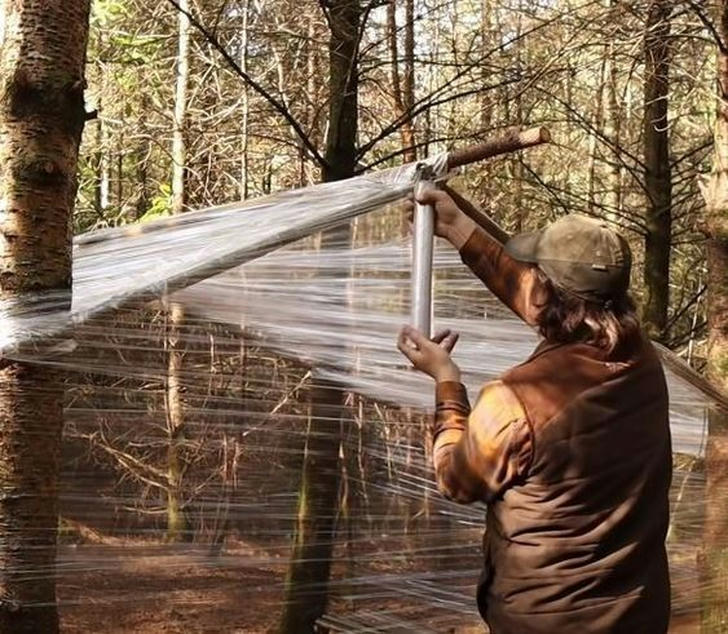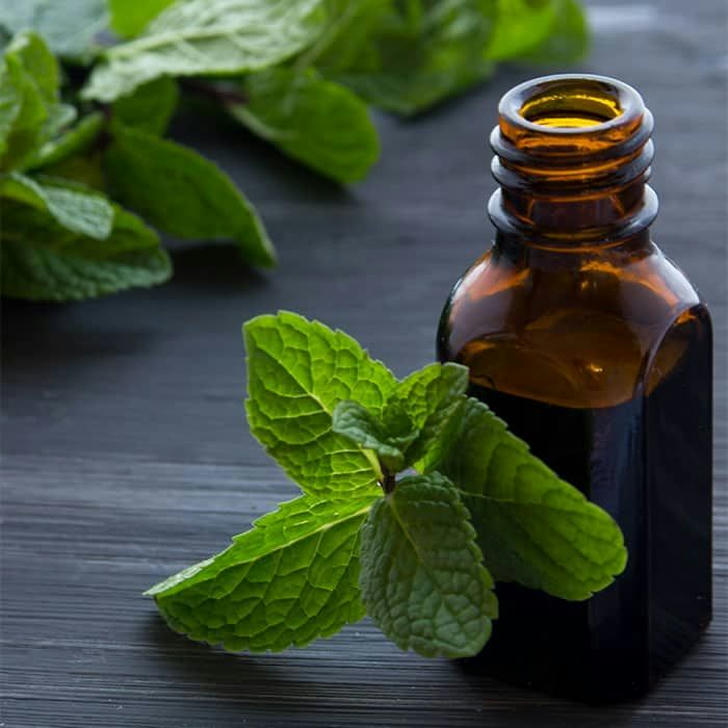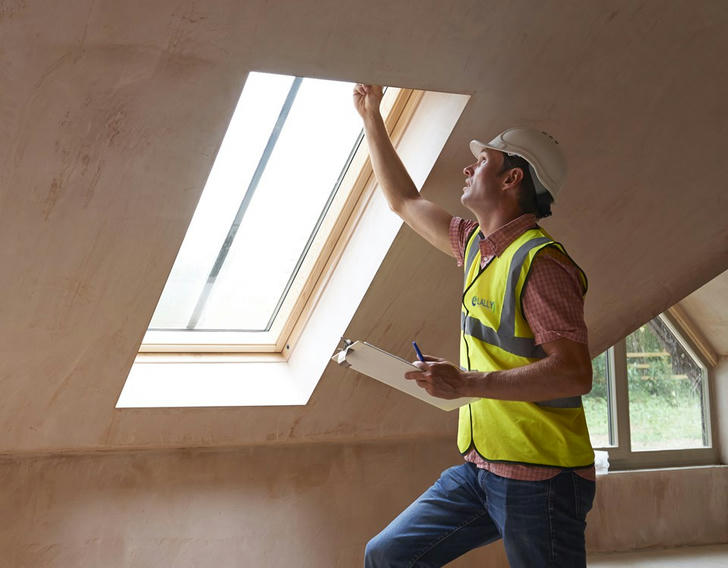Log Cabin Moisture and Pest Control Tips: Protect Your Home
Log cabins are loved for their beauty but face challenges from moisture and pests. Excess humidity can lead to wood rot and mold, affecting health, while pests like termites threaten structural integrity.
Effective moisture and pest control is crucial for maintaining your cabin's lifespan and comfort. This article offers practical tips to protect your log cabin, providing valuable insights for all homeowners.

Moisture Control Tips
Moisture control is essential for maintaining your log cabin. Here are effective strategies:
1.Ensure Good Ventilation: Use windows and vents to promote air circulation. Regularly clean vents to prevent blockages and improve airflow.
2.Use Moisture-Resistant Materials: Apply moisture barriers like waterproof coatings and membranes to protect wood surfaces and foundations.
3.Control Indoor Humidity: Use dehumidifiers and air purifiers, keeping indoor humidity between 30% and 50%. Monitor with a hygrometer to prevent mold and dampness.
By implementing these measures, you can protect your cabin from moisture damage and enhance comfort.
Pest Control Tips

Effective pest control is essential for maintaining your log cabin and preventing wood damage. Here are practical strategies:
1.Use Natural Repellents: Apply plant extracts like peppermint and tea tree oil, which naturally repel insects. You can create a DIY spray by mixing peppermint oil with water.
2.Regular Inspections: Check wood, walls, and foundations for signs of pests, such as small holes -or wood shavings. Early detection helps prevent infestations.
3.Optimize Surroundings: Keep the area around your cabin clean and free of debris. Plant natural repellents like mint and rosemary to deter pests.
Maintenance and Prevention

Regular maintenance and preventive measures are essential for the longevity and comfort of your log cabin. Here are key strategies:
1.Regular Inspections: Conduct thorough checks at least twice a year, ideally in spring and autumn, to identify potential issues early.
2.Keep Detailed Records: Maintain a log of inspections, including dates and findings, to track the cabin's condition and plan future repairs.
3.Consult Professionals: For complex issues like structural damage or severe pest infestations, seek professional help to ensure safety and stability.
